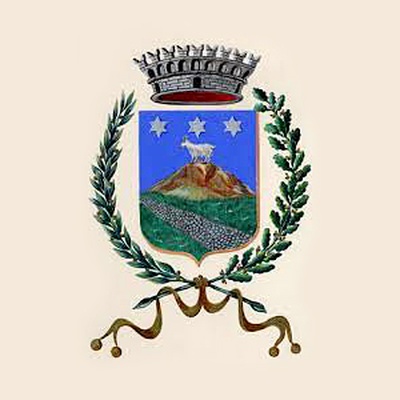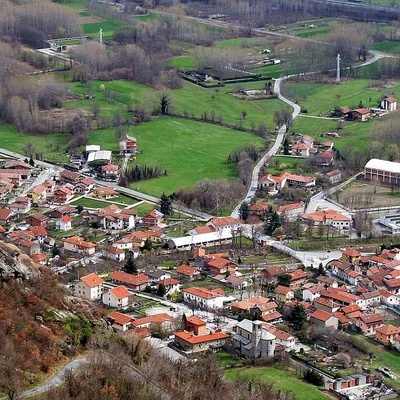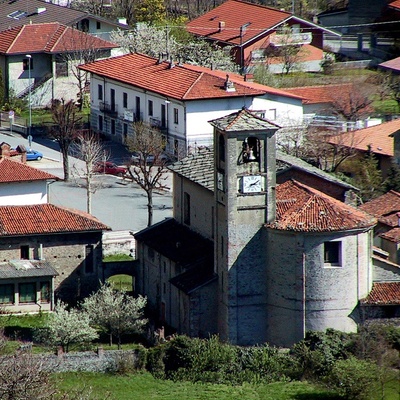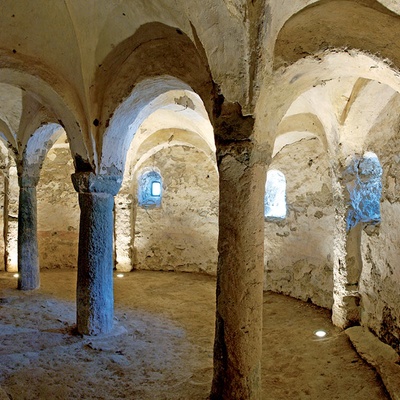
Piazza Matteotti 3, 10040 Caprie
Located on the left bank of the Dora river and at the foot of Mount Caprasio, now Civrari, from which it derives its name, Caprie has ancient origins as evidenced by the discovery of pile-dwelling settlements near the Novaretto peat bog and archaeological finds from the Bronze and Iron Ages, such as axes and ceramic fragments, and rock engravings in the high mountain area between the hamlets of Campambiardo and Peroldrado. Its lands are mentioned in 1029 among the assets of the abbey of St. Justus and the castle located between Caprie and Condove was the seat of the abbey's representative and passed in the 18th century to the Somis family of Strambino. The church of San Pancrazio Martyr was built in 1726 at the behest of the commendatory abbot of Susa, Cardinal Delle Lanze: noteworthy are the stained glass windows and the eighteenth-century high altar.
The hamlet of Celle is known for the majestic Romanesque church of Santa Maria Assunta linked to the cult of the hermit St. John Vincent and the legend of the construction of the Sacra di San Michele: tradition indicates a shelter under the rock as the saint's cell, but certainly fascinating is the ancient painted crypt-hermitage. The main economy linked to agriculture, fruit growing, and livestock trade, since the late 1800s also saw the development of an industrial settlement of small and medium-sized engineering companies in this area, including the Bertone car design center: the rich display of prototypes can be visited during events.
Among the most significant events is the Literary and Creative Competition Don Renzo Girodo, aimed at schools in the Valsusa valley, and in the month of November, La mela e dintorni included in the calendar of food and wine events of Gustovalsusa.
The mountain of Caprie, rugged and rocky, is now also a destination for sports enthusiasts thanks to equipped rock climbing gyms and via ferratas.







